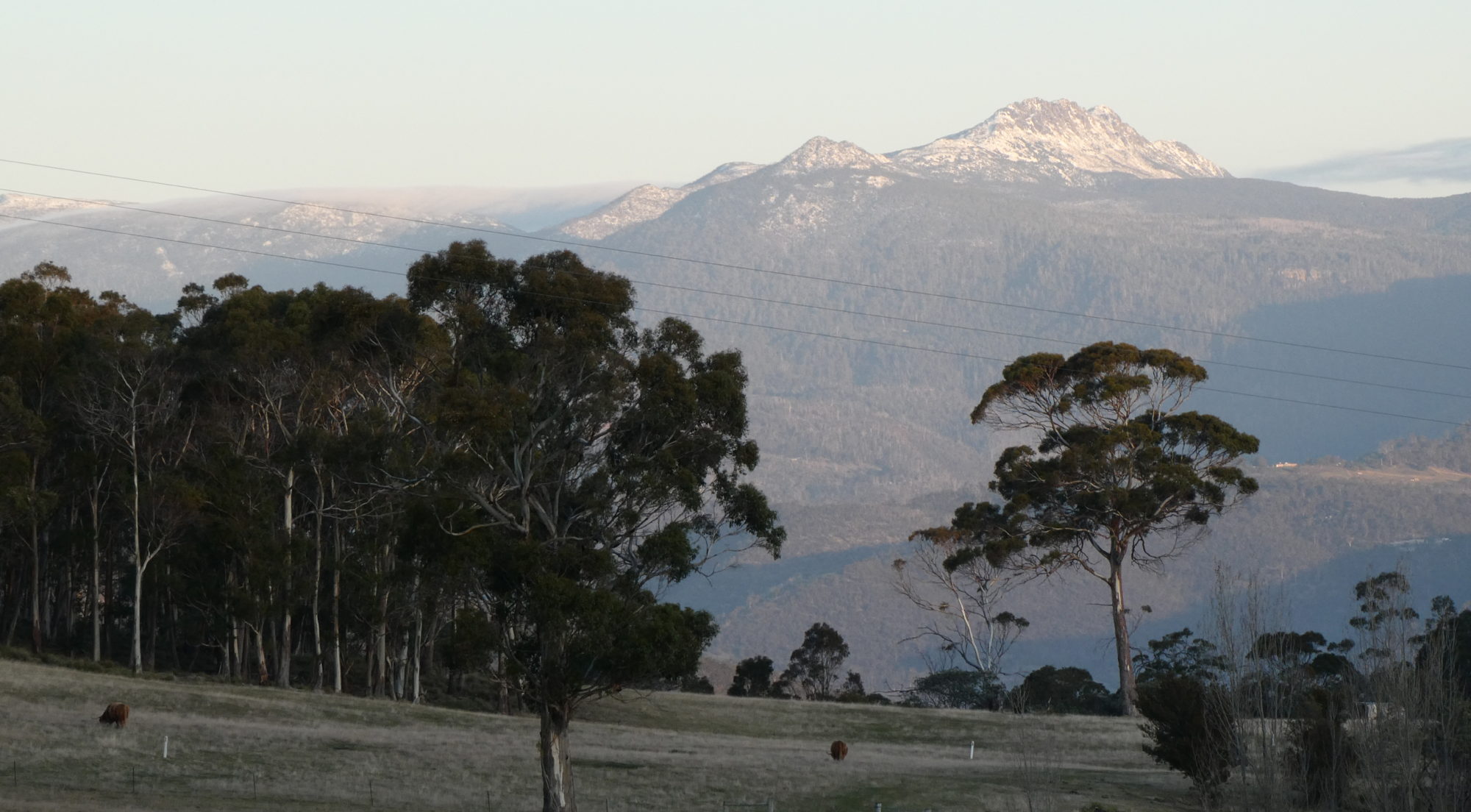
The Ice Ages
The Ice Ages are a well understood phenomenon. Serbian physicist Milutin Milancović nailed it in the 1940s when he showed that the “wobbles” (aka obliquity and precession) of the Earth’s motion as it orbits the Sun account for the observed cycles of Ice Ages and Interglacials.
Well almost. There continued to be a problem with the 100,000 year “cycle” which seemed to be related to the varying eccentricity of the Earth’s elliptical orbit, but it didn’t quite work. The statistical techniques developed here show that this peak is not significant in the spectrum. Also, detailed examination of the graphs show that over the last 1/2 million years, interglacials were either 80,000 years apart or 120,000 years apart but never 100,000 years apart.
The obliquity and precession cycles weren’t a perfect fit either. In 2006, Peter Huybers of Harvard proposed that, rather than intensity, it was the total amount of solar energy (insolation) received at high northern latitudes during the summer that mattered. He further proposed that the insolation should exceed a threshold of 270 W/m2 before it was counted. This was a big improvement. From a signal processing point of view, Huyber’s threshold condition had the effect of cross-modulating the obliquity and precession cycles to good effect.
But why do Ice-Ages start slowly end suddenly? They build up over more than 40,000 years and end in less than 4,000 years. It seems it is much easier to warm the earth up than it is to cool it down. This suggests that some sort of positive feedback mechanism is present during the warming process. Melt ponds provide such a mechanism. They can trap heat from solar radiation and hold it as latent heat from summer to summer. The strange property of water being denser at 4oC than at 0oC allows ice and snow to form on the surface of the pond and keep it insulated. The bigger the pond area the faster it grows: an exponential process. At times of higher solar elevation angle, year after year such a pond will get bigger and bigger until becomes a lake and then a sea and ultimately breaks out into the ocean, carrying much remaining fast ice with it.
For evidence of such a catastrophic collapse, see: https://www.youtube.com/watch?v=XvGdASocTn0
The rapidity with which a water surface can absorb radiation depends on the angle of incidence of the radiation. It is a strong function of solar elevation and so it is solar elevation rather than insolation per se over the summer months which determines whether melt ponds will form and be big enough to last through the following winter. As with Huybers method, a threshold is required because a pond must gain more heat than it loses over 24 hours. A higher threshold of 470 W/m2 was chosen but otherwise the method is little different in practice from that of Huybers. The higher threshold gives a better match to the observations.
The forcing function is annual water surface absorbed insolation (AWSAI). It is shown plotted in the above graph (thin line) along with Ice Core proxy temperature measurements for the last five Terminations. We can conclude that the next Ice Age has already started. Based on previous interglacials we can speculate that global average temperature will be 5oC cooler in 6,000 years time.
Full paper: IceAges.pdf
Data files needed by Python programs listed in IceAges.pdf: DataFiles.tar
Further Reference:

